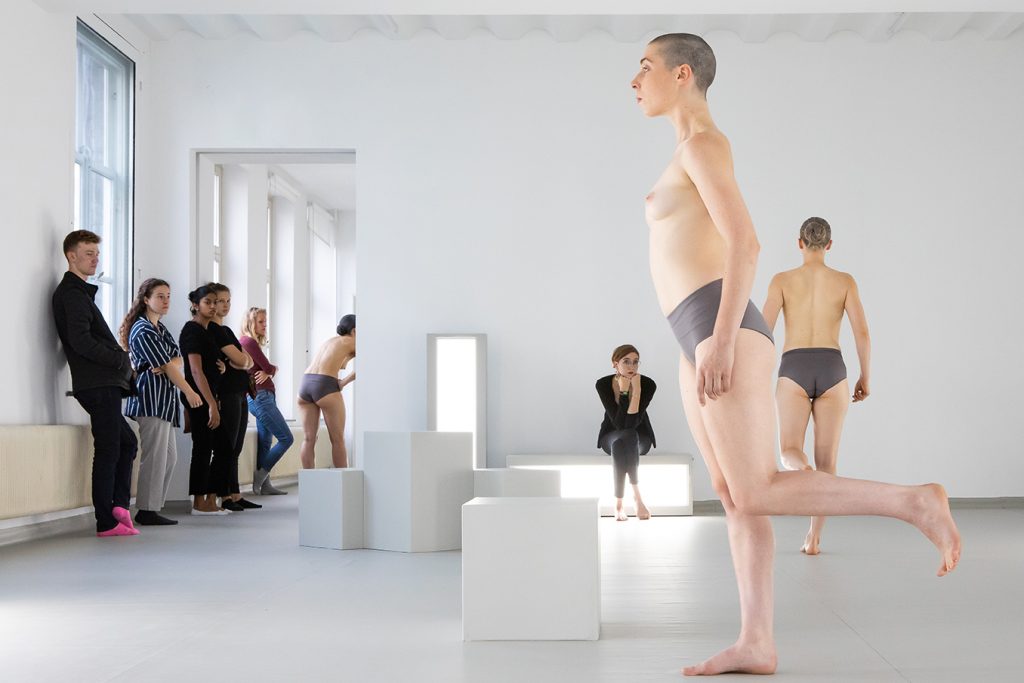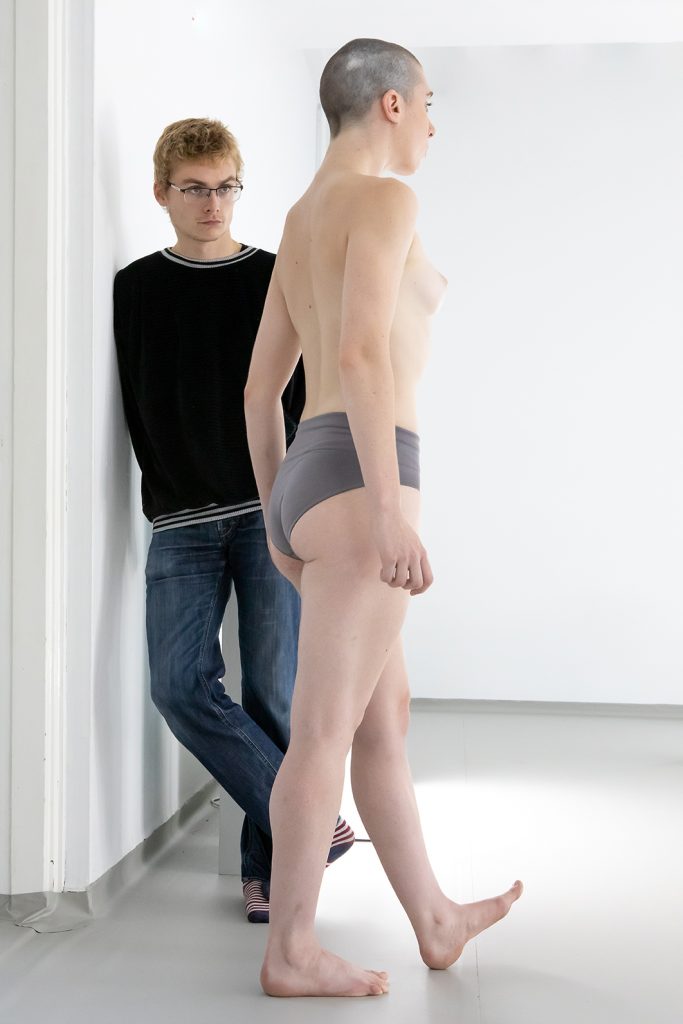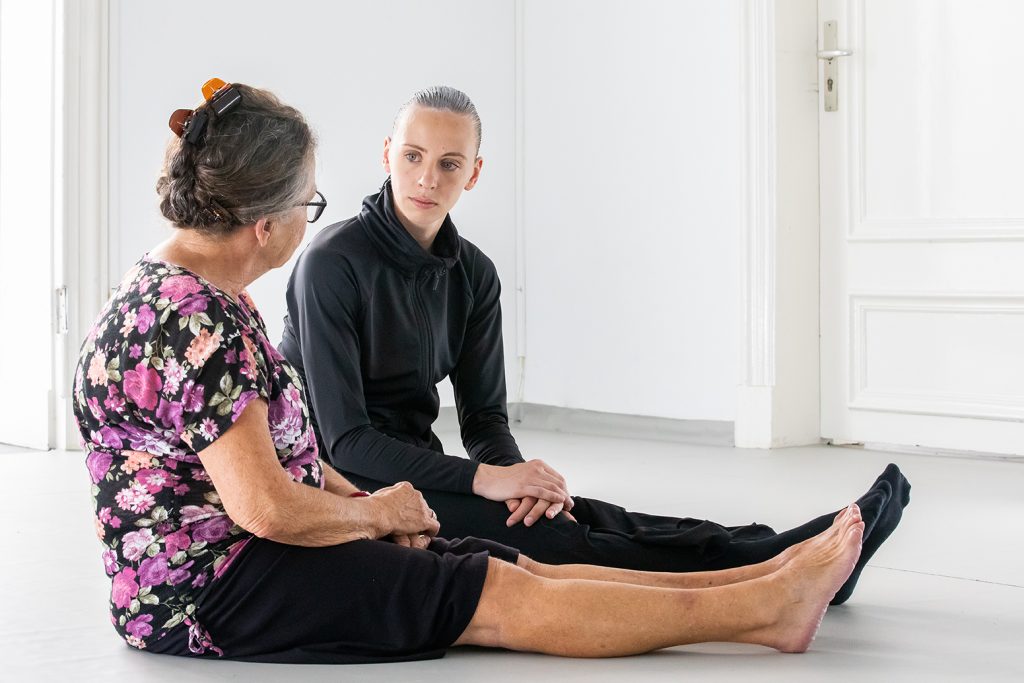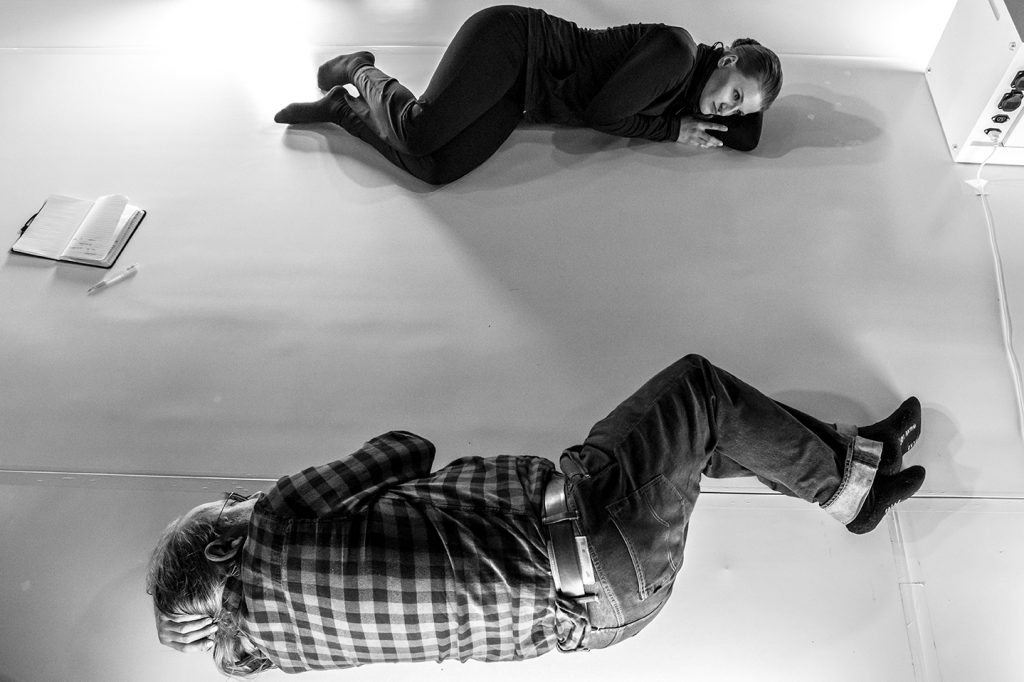A choreography for belly fat, a dance of the belly button and rib cage, the anatomy of a sigh…
Curator: Valentijn Byvanck
In the run-up to Museum Motus Mori, choreographer Katja Heitmann asked herself a simple question: can human movement be exhibited? This is a question that is often raised in dance, since the discipline has no standardized notation. The body of a dancer, it is often said, is the archive of dance. But the same question also applies to the world outside dance. Our archives and museums collect portraits, objects, and writings but not the gestures and movements of important people. In our homes, we also save letters, objects, and photographs of our loved ones, but we lose the poses, movements, and reflexes that make them instantly recognizable. To compensate for this loss, Katja Heitmann and ten dancers created Museum Motus Mori, a museum of dying physical movement, for Marres. To create the museum, the choreographer and her team spent two months in Marres.
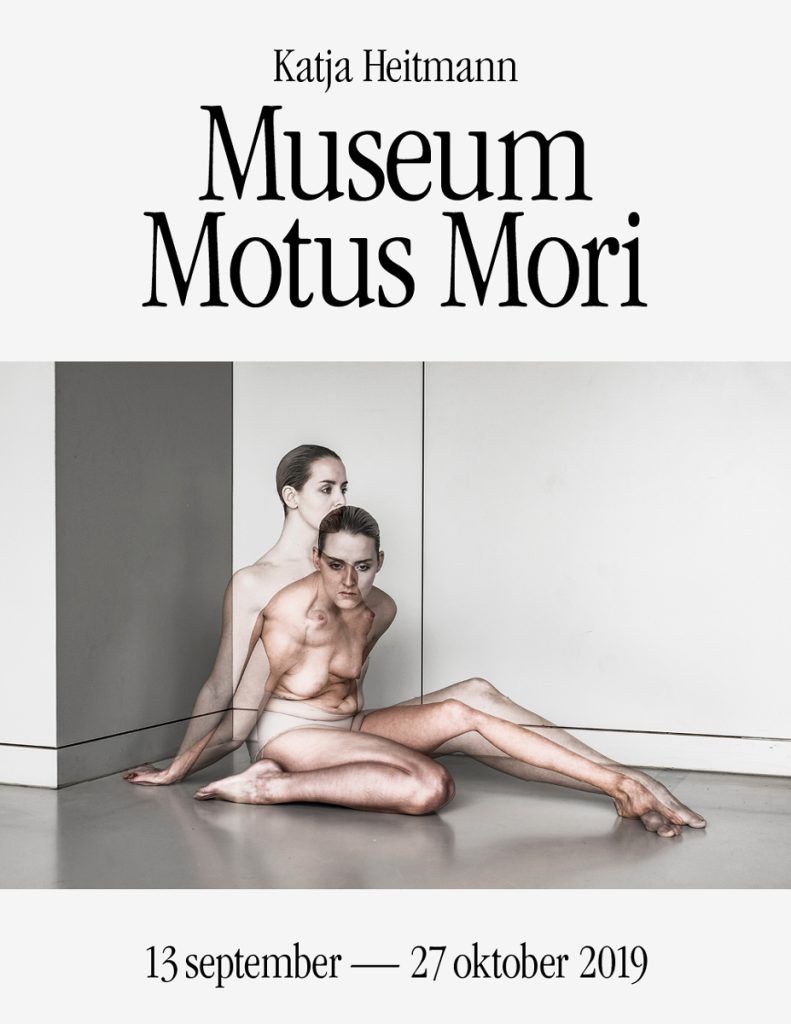

For six weeks, five hours a day, the dancers and the choreographer took on the remarkable challenge of sensitizing visitors to the deep humanity hidden within the body. In choreographic sculptures, Museum Motus Mori revealed the details of human motricity to unravel it into patterns, specific sequences of structures, and seemingly eternal loops. The result was a choreography for the collarbone, a dance of the belly fat and rib cage, a phrase for the heartbeat and knee muscles. Body parts were isolated and mechanically brought into motion, the hips were tilted, the leg lifted and driven across the space in a meticulously technical manner whereby every movement was deliberate. The fragments were constantly repositioned in time and in relation to one another.
Visitors played an important role in the museum by sharing their own body history and movements. The exhibition included two spaces for ‘movement interviews’ where visitors could volunteer to be extensively interviewed by the dancers about their everyday gestures and movements. The score (notation) of those movements was displayed in the exhibition’s archive room, and the performances were embodied by the dancers. This created a full museum cycle of donation, notation, and presentation. The catalogue included an interview with Katja Heitmann in which she explains how the idea for Museum Motus Mori came into being and how it took shape over time.
Katja Heitmann and her dancers took part in a Training the Senses session in which she described the creative process of the continuously shifting exhibition. How can we preserve movements that are in danger of extinction?
Marres brought Museum Motus Mori to the first performance festival of Art Rotterdam that took place from 7 to 9 February 2020.
Artist
Katja Heitmann (1987, Germany) operates on the interface between dance and visual arts, performance and installation. Her choreographic work consists of emphatic aesthetics, in sharp contrast to human fallibility. In her work she investigates what moves man in the present era. In 2016 Katja won the Prijs van de Nederlandse Dansdagen (Dutch Dance Days Award). For her production and music Heitmann works with her partner Sander van der Schaaf.
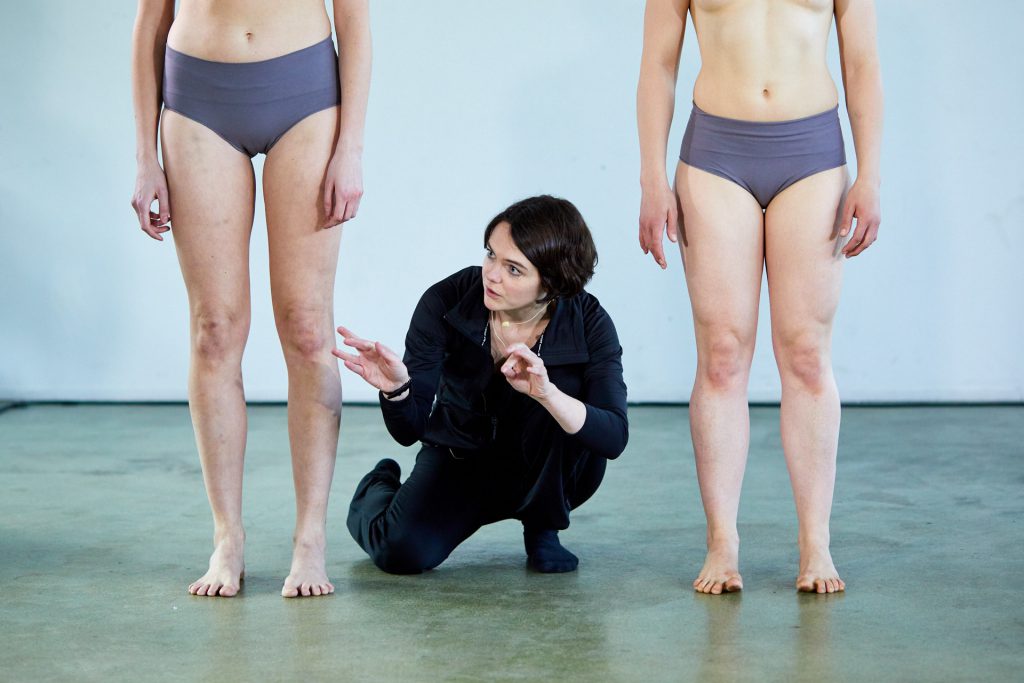
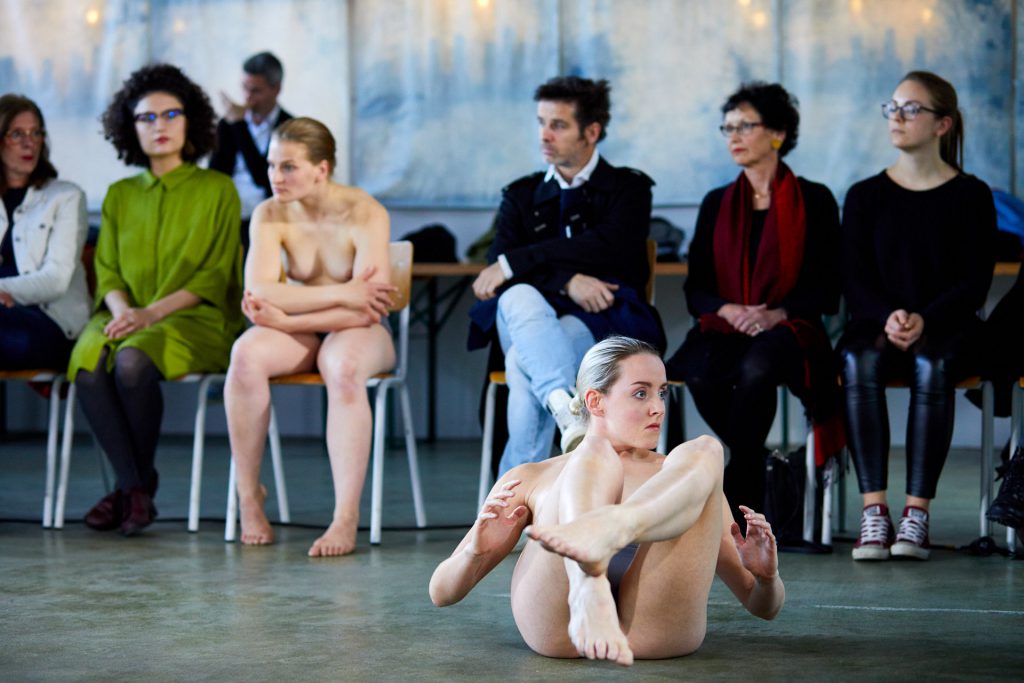
Training the Senses
Katja Heitmann and her dancers took part of a Training the Senses session, in which she explained the creative process of the continuously moving exhibition. How can we capture dying movements in a body?
Art Rotterdam 2020
Marres bracht Museum Motus Mori naar de eerste editie van de performance show van Art Rotterdam, van 7 tot 9 februari 2020.
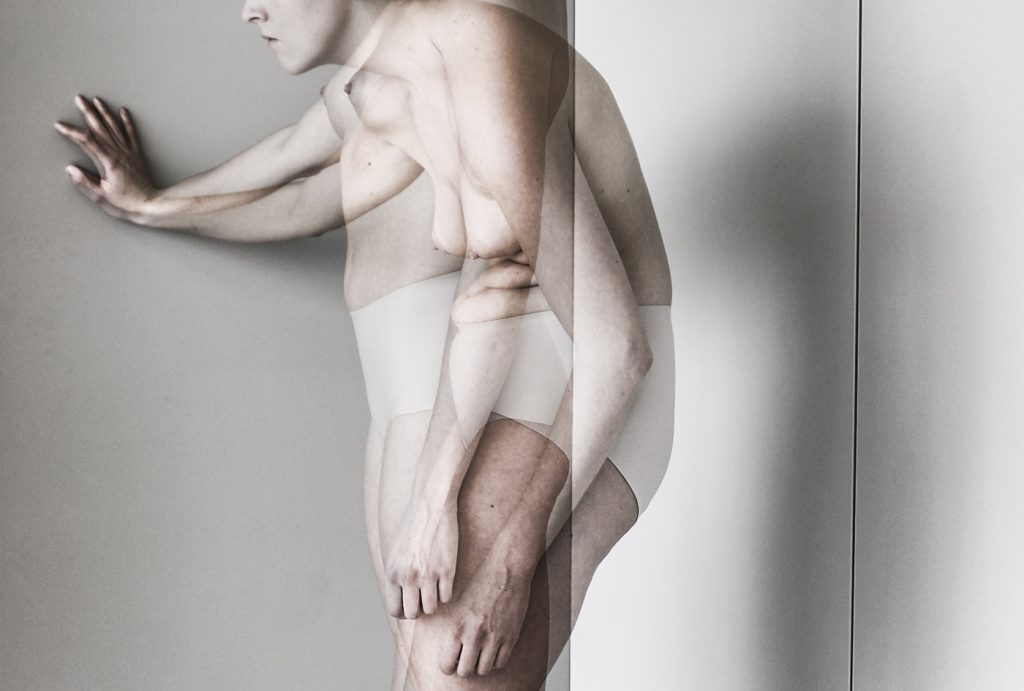
Press about Motus Mori
Press
For press requests, imagery and interview requests, please contact: communicatie@marres.org.
Thanks to
DansBrabant, the BankGiro Lottery Fund, Fund 21, Performing Arts Fund NL, the Province of North-Brabant and the Municipality of Tilburg.


